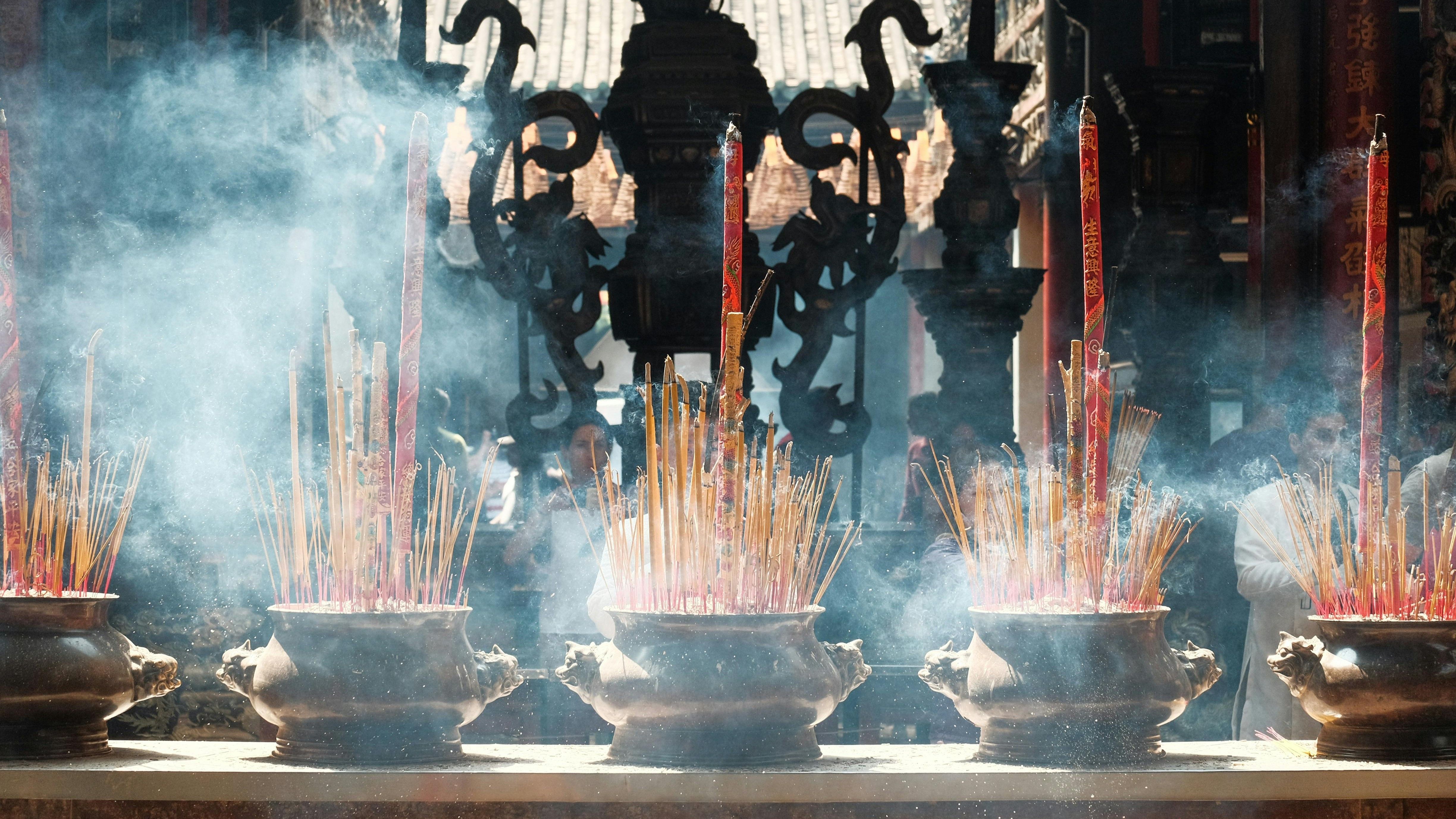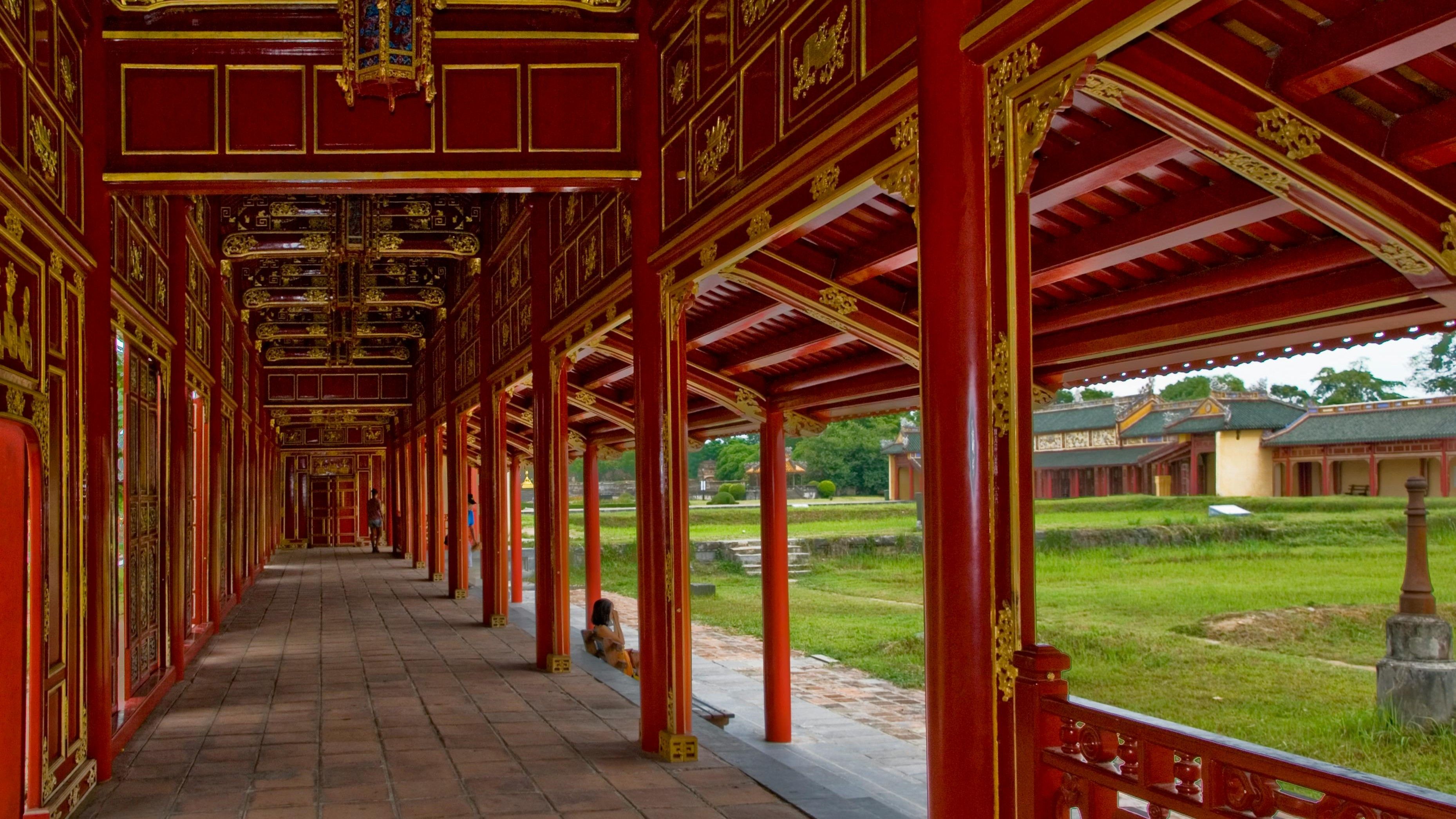
Cultural Tips for Visiting Temples and Pagodas in Vietnam
Visiting temples and pagodas in Vietnam offers a glimpse into the country’s rich spiritual traditions and cultural heritage. However, these sacred spaces require visitors to follow certain customs and etiquette to show respect for the local beliefs. Here are some essential cultural tips for visiting temples and pagodas in Vietnam.
Dress Modestly and Respectfully
Temples and pagodas are places of worship, so it’s important to dress modestly. Cover your shoulders and knees, and avoid wearing revealing clothes such as shorts or tank tops. Many temples provide sarongs or shawls if you forget, but it’s best to come prepared.

Remove Your Shoes Before Entering
In most Vietnamese temples and pagodas, removing your shoes before entering the main hall is a sign of respect. Look for shoe racks outside the entrance or follow the lead of other visitors. This practice helps keep the sacred spaces clean.
Keep Noise Levels Low
Temples and pagodas are meant for quiet reflection and prayer. When visiting, keep your voice low and be mindful of your surroundings. Avoid making loud noises, playing music, or using your phone in a disruptive manner.
Avoid Flash Photography
While it’s tempting to capture the beauty of these architectural wonders, many temples have rules against photography, particularly with flash. Always check for signage regarding photography or ask for permission before taking pictures. In some temples, photographing statues of deities is considered disrespectful.

Offerings and Donations
It’s common to see worshippers making offerings of fruit, flowers, or incense at temples. As a visitor, you’re welcome to participate, but it’s essential to follow the customs. Never place offerings directly on statues or altars, and only use designated areas for incense burning. Donations are also appreciated to support the upkeep of the temple, though they are not mandatory.
Be Mindful of Your Behavior
When visiting temples and pagodas, avoid pointing at statues, altars, or monks as this can be seen as disrespectful. Similarly, refrain from touching sacred objects unless explicitly allowed. If you’re unsure about the proper behavior, observe the locals or ask for guidance.
Respect the Worshippers
Many locals visit temples and pagodas to pray and meditate. Give them space, avoid interrupting, and be mindful not to block the way or disturb those in prayer. Always walk clockwise around statues or altars, following the flow of other worshippers.
Visiting During Festivals
If you visit a temple during a religious festival, it’s an incredible opportunity to witness local traditions. However, these events can be crowded, so be extra cautious about respecting the sacred space. Festivals often involve special rituals, so take the time to observe and learn.

Combine Spiritual and Cultural Tours
To fully immerse yourself in Vietnam’s rich culture, consider combining temple visits with a cultural tour. For example, in Hanoi, a street food walking tour can provide insights into both local culinary and spiritual traditions. Additionally, Halong Bay’s pagodas offer a serene setting for meditation and reflection, making a cruise tour a peaceful complement to your spiritual journey.
Conclusion
Temples and pagodas are integral parts of Vietnam’s cultural and spiritual identity. By following these tips, you’ll not only show respect to the local customs but also enrich your experience as you explore these sacred places. Whether you’re visiting a bustling urban temple or a peaceful mountain pagoda, understanding and honoring local traditions will enhance your journey.